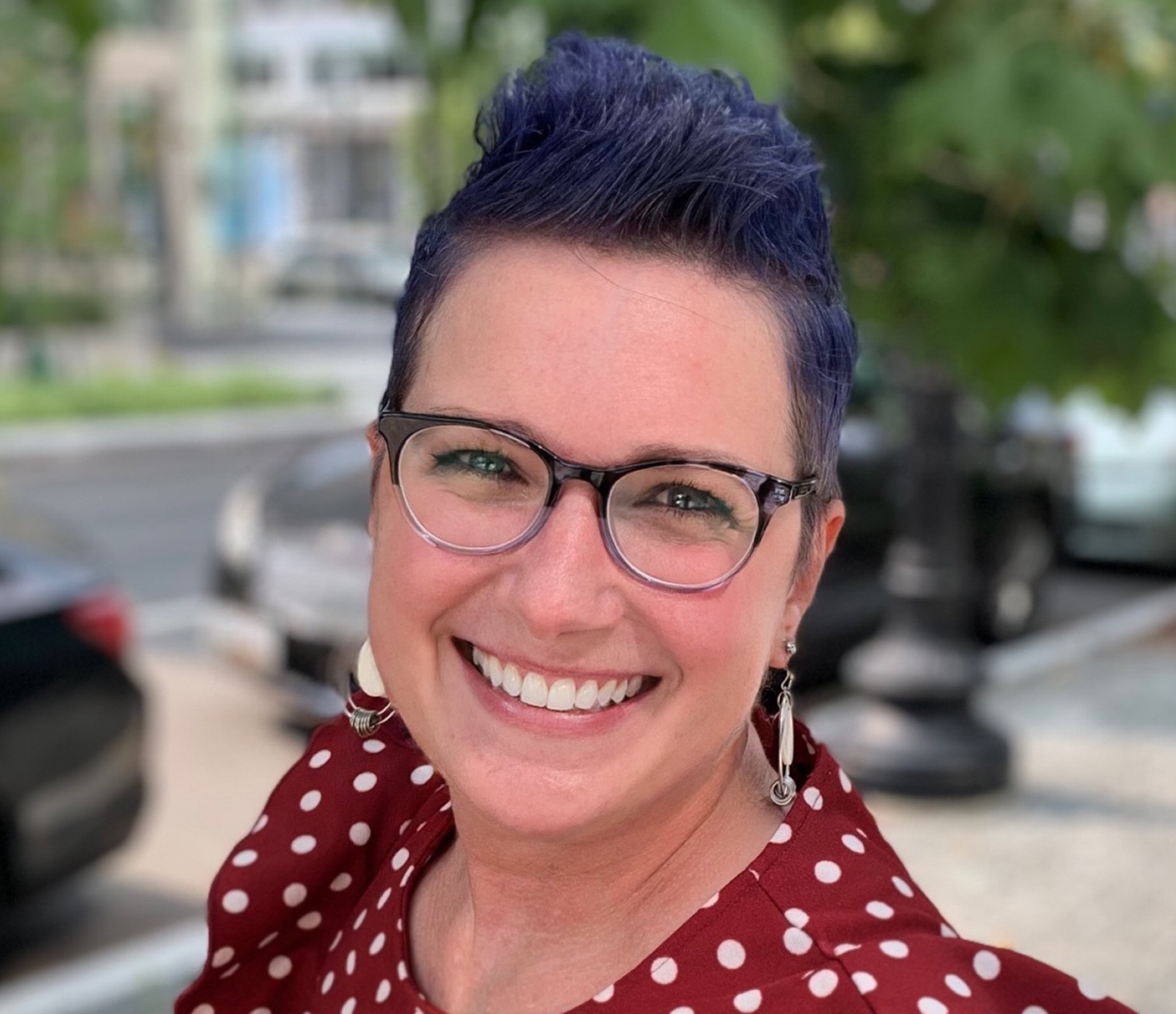Report: Led by Anti-Inflammatories, Specialty Drugs Continue Upward Trend
-
Jun 20, 2024
Specialty drugs are still taken by only a small percentage of people but represent more than half of total drug costs. Anti-inflammatory specialty therapies continue to be a huge driver of those costs, according to the recently released 2023 Drug Trend Report from PBM analytics firm Xevant. The specialty pipeline remains strong, and payers should expect these agents to continue to affect their costs, says one industry expert.
Based on Xevant’s book of business for 2022 and 2023, the company observed an 11% increase in the number of prescriptions filled for specialty drugs. The plan-paid amounts for those agents rose 19%, slightly less than nonspecialty medications’ 22% plan-paid costs. In addition, the average plan cost per specialty prescription rose from $6,100 in 2022 to $6,700 in 2023.
Xevant also found that specialty drugs represented 51% of overall drug costs most recently, which is a slight decrease from the previous year’s 52%. “Even with that slight drop, there are still concerning trends that will continue to impact client costs,” maintains Sahily Paoline, Pharm.D., chief medical officer at the company.
“For example, our data shows that clients are seeing their specialty costs increase almost 20%, the number of specialty prescriptions went up 11% (but only represent 1.5% of total prescriptions), and specialty drugs continue to inflate in cost,” she says. “Each of these trends point to specialty drugs being the area that clients will want to pay close attention to and build a cost management strategy around.”
Based on plan-paid amounts, the top three specialty therapies were the same in 2022 and 2023: anti-inflammatories, drugs for skin conditions and oncolytics. But in 2022, hepatitis agents were in the No. 4 spot, followed by drugs for multiple sclerosis (MS) to round out the top five. By 2023, hepatitis had dropped out, leaving MS drugs to move up one spot and therapies for cystic fibrosis to move into the No. 5 position.
Paoline points to hepatitis drugs’ success in producing cures for the condition, a decline in the amount of people needing the agents and lower-cost generics as reasons for that therapeutic class’s drop.
Treatment advances in cystic fibrosis, in particular cystic fibrosis transmembrane conductance regulator (CFTR) modulators such as Trikafta (elexacaftor/tezacaftor/ivacaftor and ivacaftor), increased use of the drugs and their high cost, as well as high efficacy, have contributed to that class’s rise into the top five, she says.
“New therapies are being approved for broader patient populations, including those with specific genetic mutations previously not covered, increasing the number of eligible patients,” says Paoline. “Better access to these advanced therapies through patient assistance programs and insurance coverage has also contributed to a rise in utilization. Increased awareness and early diagnosis of cystic fibrosis have also played a role in more patients receiving these therapies.”
Meanwhile, Xevant found a 25% rise in the number of claims for anti-inflammatory medications. Those agents represented nine of the top plan-paid specialty drugs, with Trikafta being the outlier:
(1) Humira (adalimumab) from AbbVie Inc.
(2) Stelara (ustekinumab) from the Janssen Pharmaceutical Companies of Johnson & Johnson
(3) Skyrizi Pen (risankizumab-rzaa) from AbbVie
(4) Tremfya (guselkumab) from Janssen
(5) Skyrizi
(6) Dupixent (dupilumab) from Sanofi and Regeneron Pharmaceuticals, Inc.
(7) Taltz (ixekizumab) from Eli Lilly and Co.
(8) Enbrel SureClick (etanercept) from Amgen Inc.
(9) Trikafta from Vertex Pharmaceuticals Inc.
(10) Rinvoq (upadacitinib) from AbbVie.
The report noted that because one in five Americans are estimated to have an autoimmune disease, it expects these agents to continue to be a big presence in the specialty pharmacy space.
The increase in the use of anti-inflammatory agents is due to multiple factors, says Paoline. There is a greater awareness and diagnosis of inflammatory conditions, leading to more prescriptions for drugs to treat them. New agents with better efficacy are available and seeing uptake among providers, and existing therapies are gaining FDA approval for multiple inflammatory conditions. Moreover, a “growing aging population” means a “higher prevalence of chronic inflammatory diseases.” And finally, pharmaceutical companies are using “aggressive marketing strategies,” and “increased promotion lead[s] to higher prescription rates.”
Low Biosimilar Uptake Contributes to Trend
Also contributing to the anti-inflammatory trend is the low uptake of anti-inflammatory biosimilars, in particular those of Humira. Since January 2023, 10 adalimumab biosimilars have launched in the U.S., but they have not had much uptake.
Recent moves, however, have begun to move the market share needle a bit.
The Cigna Group’s Evernorth Health Services subsidiary recently revealed that it will have a high- and low-concentration interchangeable Humira for zero out-of-pocket costs for “eligible patients” starting this month, and CVS Health Corp.’s PBM, CVS Caremark, removed Humira from its national commercial template formularies, replacing it with three Sandoz biosimilars.
According to an April 15 research note from Evercore ISI, new prescriptions for Sandoz’s Hyrimoz (adalimumab-adaz) rose from 643 for the week ending March 29 to 8,294 for the week ending April 5. That increase boosted new prescriptions of Humira biosimilars from 5% to 36% of the market, with Hyrimoz accounting for 93% of that total. As of May, that total share was at 17%.
“Only time will tell” if moves such as these will help those biosimilars pick up market share, says Paoline, noting that Evernorth’s offering will be available only to members who qualify through the copay assistance program offered by Quallent Pharmaceuticals, also a Cigna subsidiary. This, she says, “may limit adoption from having a large impact on the market.
“Further, in my view, the most important factor will be rebates,” she tells AIS Health, a division of MMIT. “If the rebate dollars continue to be large enough, it’s going to be very difficult for biosimilars to get the formulary coverage needed for widespread adoption across the rest of the industry. I also think that the market is already skeptical of the PBM industry, so now that Evernorth and CVS are introducing their private-label versions of these biosimilars, I expect this skepticism will carry over to these drugs.”
Poised to launch, noted the report, is the first biosimilar of Biogen’s Tysabri (natalizumab), which is approved to treat relapsing forms of MS and moderately to severely active Crohn’s disease. Xevant said it expects that agent, Tyruko (natalizumab-sztn) from Polypharma Biologics and Sandoz, which was approved Aug. 24, 2023, for both of Tysabri’s indications, to launch in the first half of this year.
Tyruko is likely to “have a positive impact on the MS space by offering a more cost-effective alternative to Tysabri,” says Paoline, which could produce “significant cost savings, increased access to effective therapy and a shift in market dynamics favoring biosimilars.”
However, she points out, as seen with Humira and its biosimilars, Tyruko’s formulary placement will dictate its adoption. “The success of Tyruko will heavily depend on whether it is included in payer formularies and preferred over its reference biologic. Formulary decisions will influence prescribing patterns, patient access and overall market penetration of this new biosimilar.”
So even though more and more biosimilars are launching onto the U.S. market, “specialty drugs are proving to continue to drive overall pharmacy costs upward,” Paoline says. “Manufacturers continue to invest in the development of specialty drugs, so the specialty pipeline remains strong. Because of this, clients and payers should continue to expect this class of drugs to be a big part of their cost strategy for the foreseeable future.”
This article was reprinted from AIS Health’s monthly publication Radar on Specialty Pharmacy.
© 2025 MMIT











